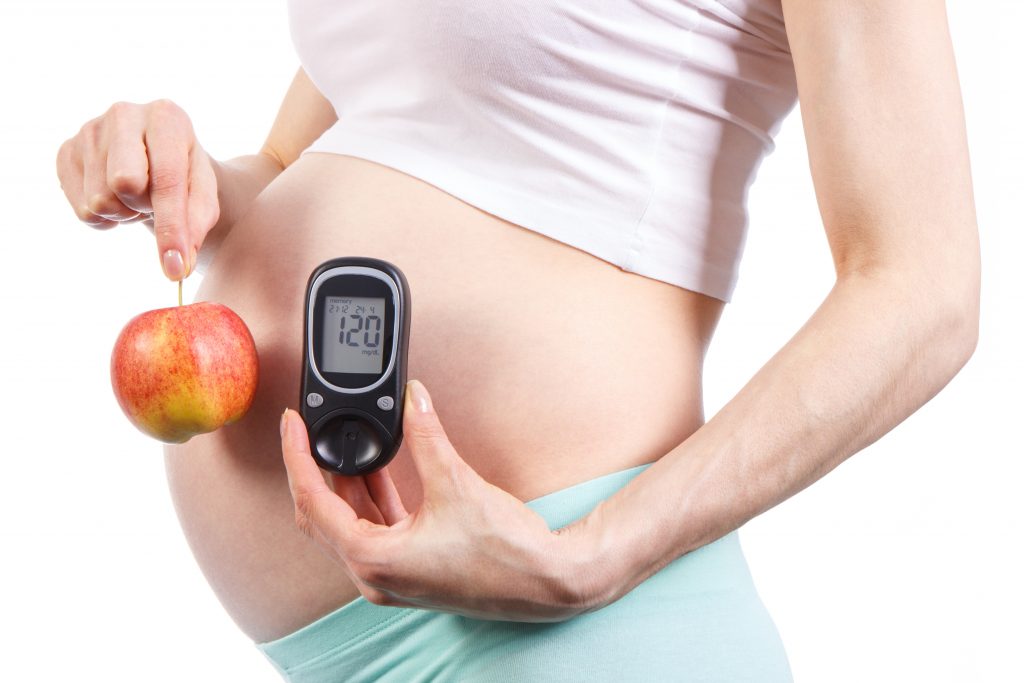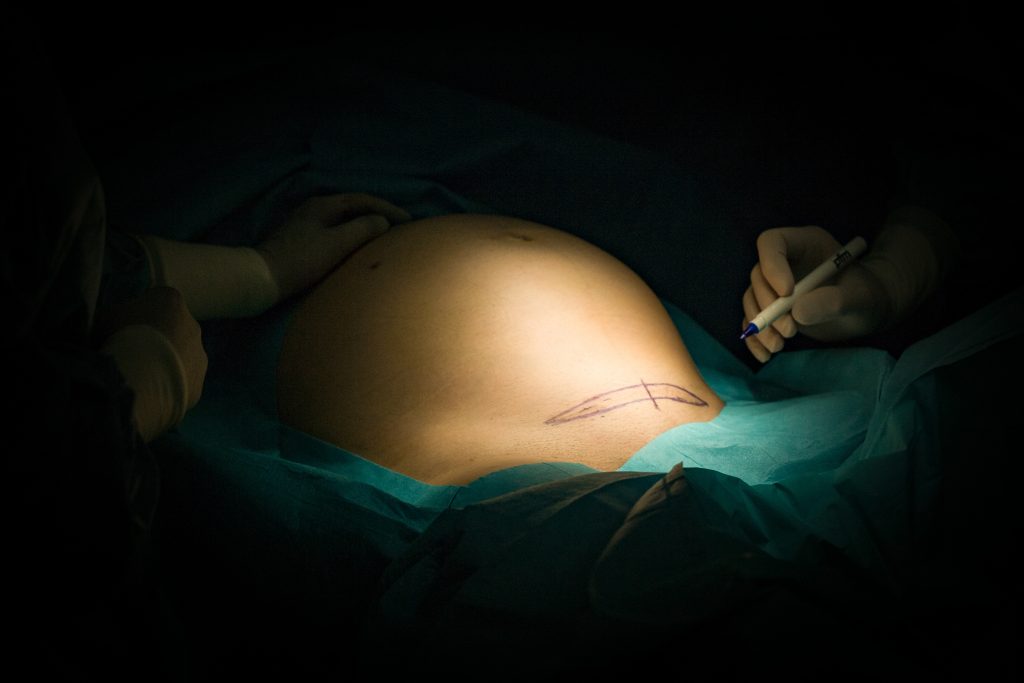
All About Gestational Diabetes
Gestational Diabetes sounds frightening, but it can be managed with care by following the advice of the doctor. It is a condition that only affects pregnant women and does not mean she will have diabetes outside of pregnancy. With proper treatment and awareness, a pregnant woman can carry her baby safely to term and then recover quickly from the condition after birth.
What Are the Risks of Gestational Diabetes?
Risks to the mother include concerns over preterm labor, which means delivery of the baby prior to reaching week 37 of pregnancy (some doctors now say 39 weeks is full term). Women with gestational diabetes also have a nearly 40% chance of requiring a cesarean (surgical) birth. They also face a 70% greater risk of developing the dangerous condition known as pre-eclampsia, which is dangerously high blood pressure combined with protein in the urine. These factors are all reason to screen mothers for gestational diabetes during pregnancy. Women who lose weight after pregnancy and take control of their overall health will have only a 1 in 4 chance of developing type 2 diabetes themselves later, unlike women who stay overweight after delivering their baby.
“[…] the baby will be large for gestational age, often over 9 pounds.”

The risks to the unborn child are even higher in cases of gestational diabetes. The condition increases the risk by 80% that the baby will be large for gestational age, often over 9 pounds. When this is a concern, often early delivery is induced to avoid cesarean due to large birth weight, yet this can create respiratory distress in the newborn, due to immature lungs. Another complication for the baby is hypoglycemia, or low blood sugar. This puts the baby at risk of seizure, so often treatment through an intravenous glucose solution is initiated to stabilize the newborn’s blood sugar right away. A long-lasting concern to a child born to a mother with gestational diabetes is an increased risk of developing type 2 diabetes later as an adult.
How is Gestational Diabetes Diagnosed?
Most obstetricians will perform routine screening for GD on every pregnant woman, particularly those over 25 years of age, or those who had GD in a prior pregnancy. It is a simple glucose challenge between the 24th and 28th week of pregnancy. Mom drinks a sweet, syrupy glucose drink and then waits one hour for a blood draw. If the blood sugar measures above 140 milligrams, a second glucose challenge is ordered. For this test, the patient must fast overnight and then drink a syrup with even more glucose and then a blood draw will occur every hour for 3 hours. If these results are also high, a diagnosis of gestational diabetes is determined.

How Should Gestational Diabetes Be Managed?
Any woman diagnosed with GD will need more frequent obstetrical appointments. Primary management means watching the diet carefully and monitoring carbohydrate intake. Preventing excess weight gain is also a vital component of living with gestational diabetes. When common sense measures are not enough to control blood sugar, insulin injections and pregnancy safe medication, such as Metformin, may be required. Mom will be given instructions on when and how to check her own blood sugar levels at home and it is very important that this monitoring continue for the rest of the pregnancy. There will be protocols put into place in the event that her blood testing results fall outside of the range provided by her doctor. It is also important, with doctor approval, to remain active during pregnancy. Light exercise, such as walking, is part of a complete GD management program.

What Happens After Pregnancy?
Once the baby is safely delivered, breastfeeding is recommended for mothers with gestational diabetes, as it is a great way to regulate both mom and baby’s weight. The newborn should be monitored closely for a few days, as he or she may have too much sugar in their blood in the early days of life. Within six to twelve weeks after birth (post-partum), the condition usually disappears. However, it is important to be checked for type 2 diabetes once a year when a new pregnancy is planned, or every two to three years in women who are not planning another pregnancy. The best chance at staying diabetes free after GD is by maintaining a healthy weight, staying physically fit and active, sticking to a healthy diet, and continuing to monitor blood glucose in the months following birth.
Gestational Diabetes does carry some degree of risk to mother and child, yet we know with prenatal care and following the advice of an obstetrician, there is no reason to expect the condition not to resolve happily once a healthy baby is born.
